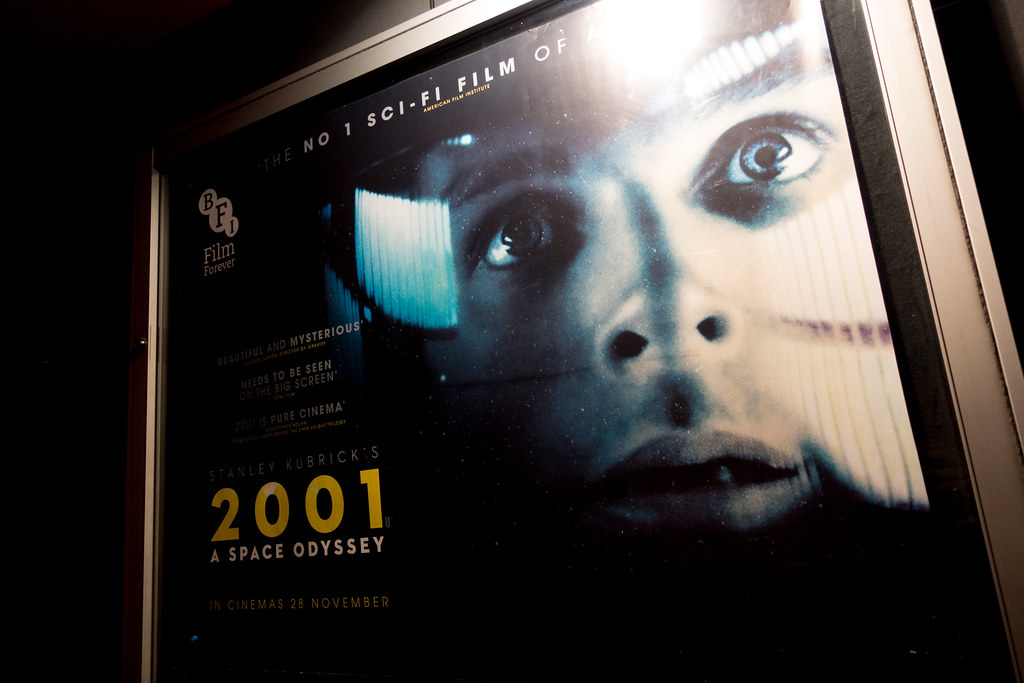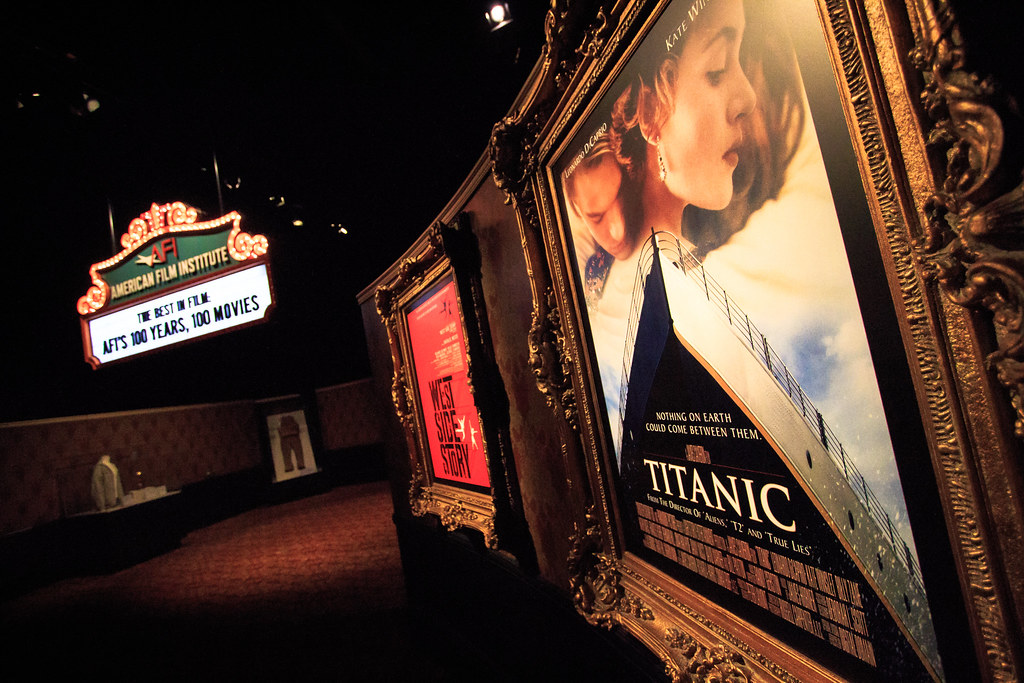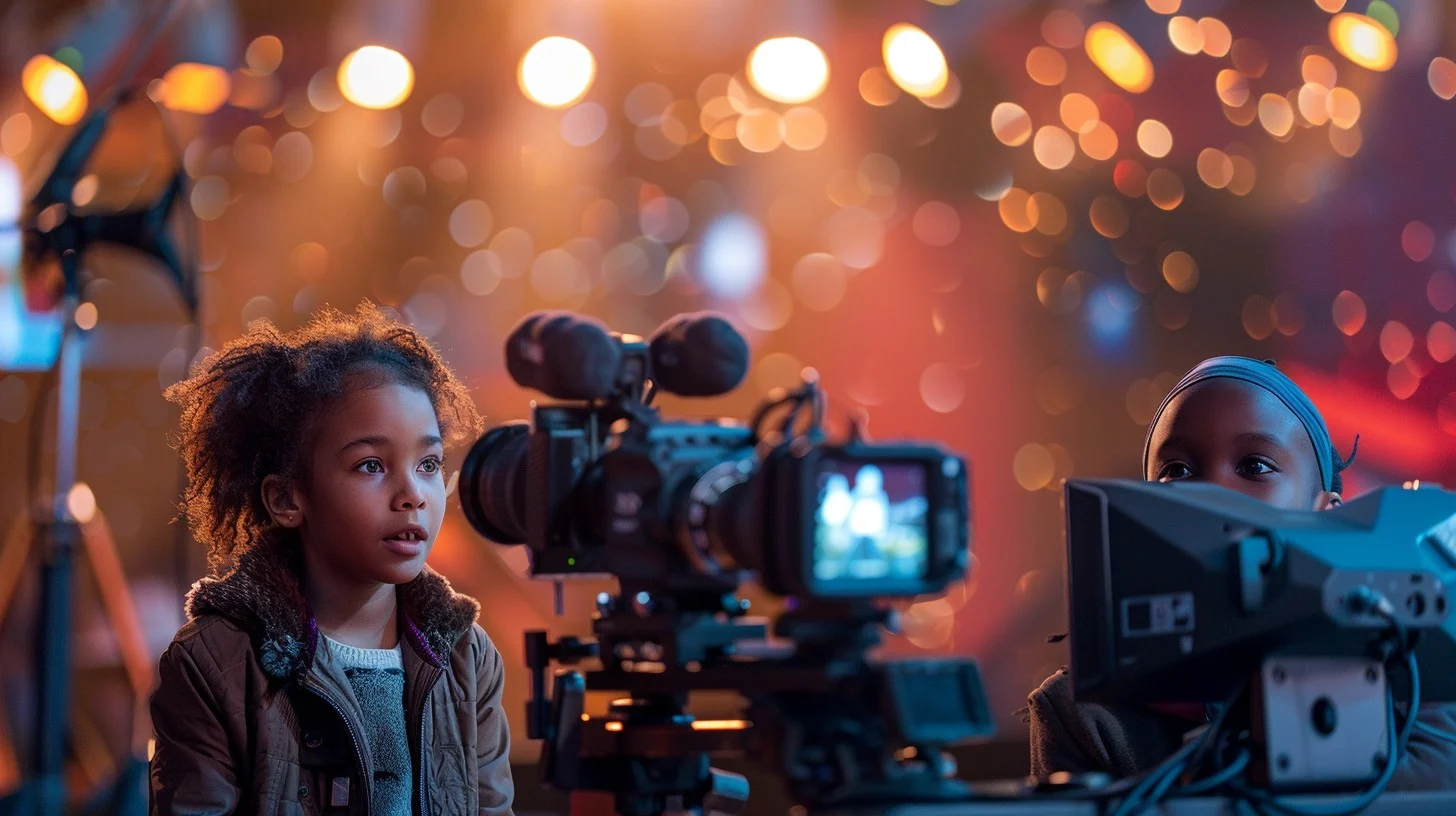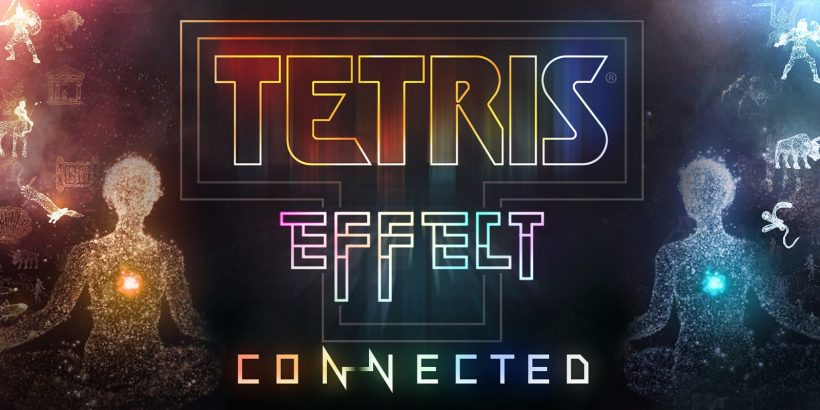A film is a symphony of moving parts – actors, scripts, stunning visuals, and evocative scores. But who conducts this complex orchestra? Who takes a blueprint of a story and breathes cinematic life into it? That’s the extraordinary role of the film director, the ultimate storyteller who shapes every facet of a movie into a cohesive and unforgettable experience.
Directing isn’t just about yelling “Action!” It’s about vision, interpretation, and the meticulous art of bringing a narrative to life. The director is the primary artistic force, guiding performances, setting the tone, managing the pacing, and ensuring that every creative decision serves the overarching story. They are the narrative architects, responsible for the film’s emotional arc, its intellectual impact, and its singular voice.
In this deep dive, we’ll explore the multifaceted craft of directing, uncovering how these visionary artists transform a script into a fully realized world. We’ll celebrate the distinct voices and groundbreaking techniques of legendary directors, and highlight the films where the directorial hand is unmistakably the beating heart of the story. Get ready to appreciate movies through a new lens of creative mastery!
The Master Orchestrator: What Defines Great Directing?
While writers provide the words and cinematographers craft the images, the director is the central unifying force, responsible for the film’s soul and coherence. Their art lies in:
- Translating Vision: Taking a script and interpreting it, adding their unique perspective, style, and thematic resonance. They see the finished film before it’s even shot.
- Performance Guidance: Collaborating intimately with actors to shape authentic, compelling, and memorable performances that serve the story and character arcs.
- Pacing & Rhythm: Meticulously controlling the flow of the narrative, knowing when to build tension slowly, when to unleash chaos, and when to allow moments of quiet reflection. This impacts the audience’s emotional journey.
- Mise-en-scène & Blocking: Deciding where actors move within a scene, how props are arranged, and how the setting itself contributes to the narrative and mood. Every element within the frame is intentionally placed.
- Guiding the Edit: While editors cut the film, the director’s vision dictates the transitions, continuity, and overall rhythm of the final cut, ensuring it tells the story they intended.
- Tone & Mood Consistency: Ensuring that the film maintains a consistent emotional texture and thematic message, whether it’s a tense thriller, a heartwarming comedy, or a stark drama.
Ultimately, a great director has a singular voice that shines through their work, making their films instantly recognizable even across different genres.
From Craftsman to Auteur: The Evolution of the Director’s Role
The role of the film director has transformed significantly, from a technical overseer to the undeniable author of the cinematic experience:
- Early Innovators (Silent Era): Pioneers like D.W. Griffith and Sergei Eisenstein experimented with editing, narrative structure, and cinematic language, laying the groundwork for directors to become storytellers, not just chroniclers.
- The Studio System’s Craftsmen (Golden Age of Hollywood): During Hollywood’s golden age, directors often worked within a studio system, honing their craft on a wide range of genres. Yet, individual talents like Alfred Hitchcock or John Ford began to forge distinct styles that transcended studio dictates.
- The Rise of the Auteur (French New Wave & New Hollywood): The 1950s and 60s saw the emergence of the “auteur theory,” arguing that the director is the true author of a film, whose personal style and vision imbues every aspect. This idea gained traction with directors like François Truffaut, Jean-Luc Godard, and later, American counterparts like Francis Ford Coppola and Martin Scorsese, who revolutionized storytelling by challenging conventions and focusing on character-driven narratives.
- Blockbuster Architects & Visionaries (1980s-Present): Directors like Steven Spielberg and George Lucas demonstrated the power of grand vision combined with technological innovation, creating immersive worlds and emotional blockbusters. Today, directors continue to push boundaries, from the meticulous world-building of Denis Villeneuve to the authentic character voices of Greta Gerwig, constantly reinventing how stories are told on screen.
The Maestros: Iconic Directors and Their Storytelling Approaches
These directors are celebrated not just for their films, but for their distinctive methods and the lasting impact of their narrative voices:
- Alfred Hitchcock: The “Master of Suspense.” Known for meticulously planned shots, psychological manipulation, and building unbearable tension through visual storytelling rather than dialogue. (Psycho, Vertigo, Rear Window).
- Steven Spielberg: A master of emotional storytelling and spectacle. His films blend epic scale with deeply human characters, often exploring themes of wonder, innocence, and resilience. He excels at eliciting empathy. (Jaws, E.T. the Extra-Terrestrial, Schindler’s List).
- Martin Scorsese: Renowned for his gritty realism, complex character studies (often anti-heroes), dynamic editing, and deep exploration of masculinity, guilt, and redemption in urban settings. (Taxi Driver, Goodfellas, The Departed).
- Quentin Tarantino: Instantly recognizable for his non-linear narratives, razor-sharp and often witty dialogue, stylized violence, and playful homage to cinematic history. His films are conversations as much as they are stories. (Pulp Fiction, Inglourious Basterds, Once Upon a Time in Hollywood).
- Denis Villeneuve: A modern visionary known for his meticulous world-building, immersive atmosphere, cerebral themes, and stunning visuals that serve deep philosophical narratives. He crafts experiences as much as stories. (Arrival, Blade Runner 2049, Dune).
- Greta Gerwig: Celebrated for her authentic, insightful, and often humorous exploration of modern female experiences, focusing on nuanced characters and sharp, relatable dialogue. Her films feel genuinely human. (Lady Bird, Little Women, Barbie).
- Christopher Nolan: Master of complex, often non-linear narratives, intellectual puzzles, and large-scale practical effects. His films challenge audiences to think while delivering thrilling experiences. (Inception, The Dark Knight, Oppenheimer).
Directorial Masterclasses: Films Where Vision Reigns Supreme
These films stand as testament to the director’s singular vision, where their influence elevates every frame:
- The Godfather (1972) – Francis Ford Coppola: A sprawling epic where Coppola’s masterful control over pacing, character development, and intricate family dynamics created a new benchmark for crime drama and storytelling.
- 2001: A Space Odyssey (1968) – Stanley Kubrick: Kubrick’s visionary approach pushed cinematic boundaries, using minimal dialogue and breathtaking visuals to explore complex philosophical questions about human evolution and artificial intelligence.

- Pulp Fiction (1994) – Quentin Tarantino: Tarantino’s audacious non-linear structure and distinctive dialogue reshaped modern filmmaking, proving that a fresh narrative approach could be as compelling as the plot itself.
- There Will Be Blood (2007) – Paul Thomas Anderson: Anderson’s uncompromising vision and meticulous direction crafted a mesmerizing character study of ambition and greed, anchored by a powerful atmosphere.
- Parasite (2019) – Bong Joon-ho: Bong’s incredible command of genre shifts, intricate plotting, and social commentary created a film that is both thrillingly entertaining and deeply insightful, a true testament to directorial control.
- Whiplash (2014) – Damien Chazelle: Chazelle’s intense pacing and visceral direction perfectly captured the brutal pursuit of artistic excellence, making a drama about drumming feel as exhilarating as an action film.
- Spirited Away (2001) – Hayao Miyazaki: Miyazaki’s unparalleled imaginative vision brings a fantastical world to life with breathtaking detail, emotional depth, and universal themes, showcasing the power of animation directing.
Unsung Visions: Underrated Films with Brilliant Direction
Seek out these directorial gems that deserve more recognition:
- Prisoners (2013) – Denis Villeneuve: Before Dune, Villeneuve delivered a masterclass in slow-burn tension and moral ambiguity, showcasing his meticulous approach to atmosphere and emotional weight.
- Ex Machina (2014) – Alex Garland: Garland’s directorial debut is a taut, intelligent sci-fi thriller that excels through precise pacing, compelling dialogue, and a chillingly controlled atmosphere.
- The Florida Project (2017) – Sean Baker: Baker’s naturalistic, empathetic direction captures the vibrant yet harsh realities of childhood poverty with a blend of raw authenticity and vibrant color.
- A Separation (2011) – Asghar Farhadi: This Iranian drama is a masterclass in moral complexity and human conflict, with Farhadi’s direction creating gripping tension through everyday dilemmas and nuanced performances.
- Drive (2011) – Nicolas Winding Refn: Refn’s highly stylized direction creates a neon-soaked, hyper-cool neo-noir thriller, using stark visuals, pulsing soundtrack, and deliberate pacing to build an unforgettable mood.
The Enduring Impact: Why the Director’s Vision Matters
The director’s role is paramount because they:
- Provide Cohesion: They unite all the disparate elements of filmmaking into a single, coherent artistic statement.
- Define the Film’s Identity: Their personal style, thematic interests, and storytelling choices give each film its unique voice and lasting impact.
- Elevate the Material: A great director can transform a good script into an extraordinary film, bringing out nuances and emotional depths that might otherwise be missed.
- Shape Our Experience: Through their control over pacing, performance, and visual language, they directly influence how we feel, think, and react to the story on screen.
- Leave a Legacy: Iconic directors don’t just make movies; they create a body of work that influences future generations of filmmakers and expands the art form itself.

Conclusion: See the Vision, Feel the Story!
The director stands as the visionary heart of any film, the artistic force that transforms a script into a living, breathing cinematic experience. Their masterful command over every detail orchestrates the journey of the story, shaping our emotions and leaving an indelible mark on our memory.
What film do you think best showcases the director’s unique vision? Which director’s body of work consistently captivates you?
Now that you’ve peered “behind the lens” at the art of directing and storytelling, we’d love to hear your insights! Head over to our to share your personal reviews of films where the director’s hand shines, discuss your favorite directorial choices, or celebrate the filmmakers who consistently craft unforgettable narratives!




